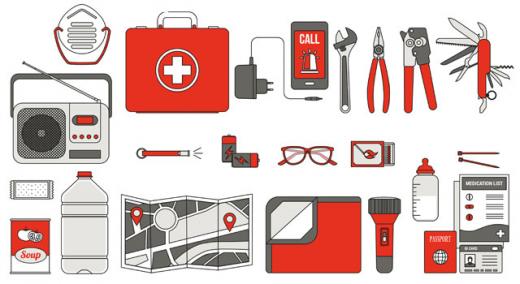Responding to disasters is one of the most important activities that employees can be asked to grapple with. From natural disasters like hurricanes and earthquakes to technological situations such as power outages, chemical spills, and transportation accidents, as well as security emergencies like acts of terrorism and mass shootings, a property should be prepared for any of these events.
|
ADVERTISEMENT |
The metric for success in a disaster response isn’t the detail of the plans or the usefulness of the equipment; it’s the level of employee empowerment that makes all the difference. Employees must go beyond being just bystanders who are told what to do. They must be transformed into emergency responders capable of activating themselves and leading in the instant a disaster strikes.
…

Add new comment